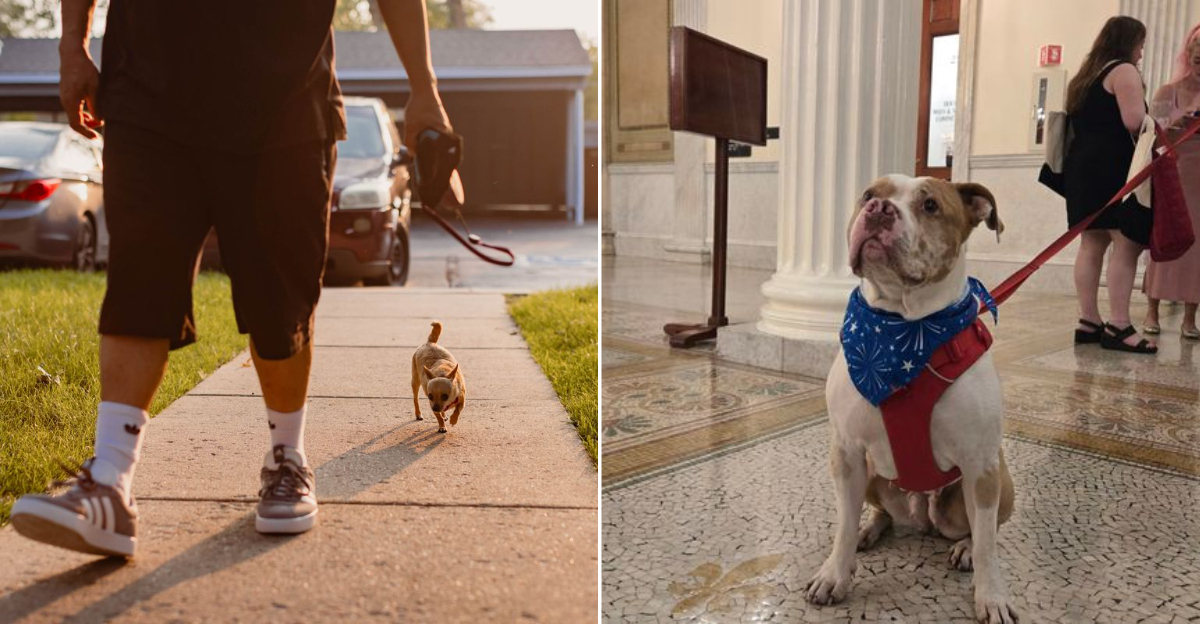As a lifelong dog lover with three furry companions, I’ve noticed some worrying trends across America.
New regulations, rising costs, and changing urban landscapes are making dog ownership more challenging in certain states.
Whether you’re planning to move with your four-legged friend or considering adopting a new pup, you should know which states are becoming less dog-friendly in 2025.
1. California’s Urban Pet Squeeze
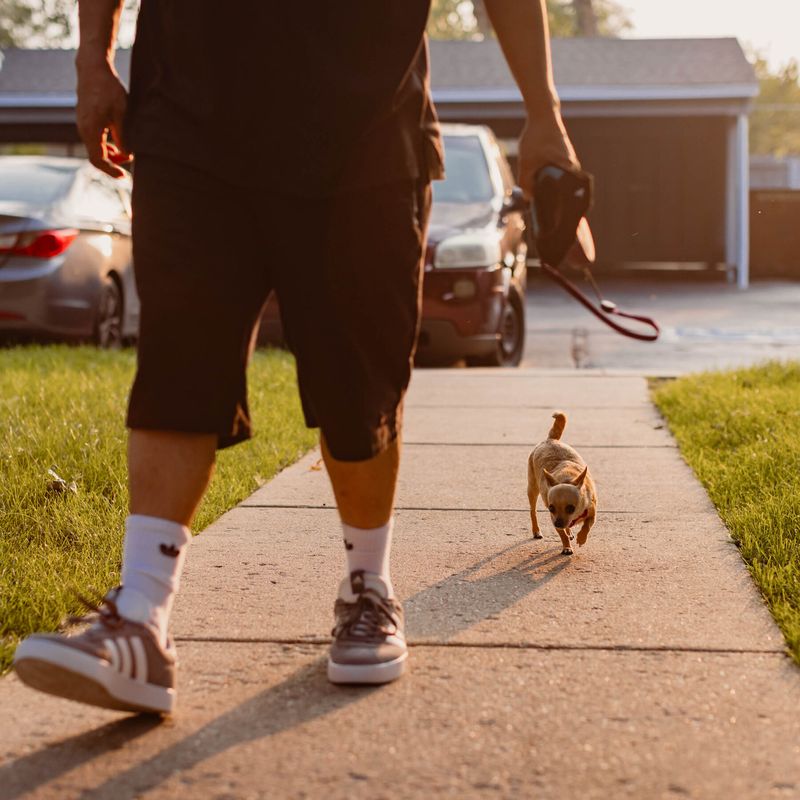
My cousin in San Francisco pays an extra $500 monthly just to keep her corgi in her apartment! California’s housing crisis has led to stricter pet policies in rental properties, with landlords charging premium pet rents and deposits reaching astronomical heights.
The Golden State is also implementing new regulations on dog breeding and sales, making adoption processes more rigorous and time-consuming. Several cities have banned pet stores from selling dogs altogether, limiting where you can find your future companion.
Water restrictions during drought seasons mean less-green dog parks and restrictions on home water usage for pet care. Even finding pet-friendly housing in major cities feels like winning the lottery these days!
2. New York’s Pricey Pup Problems
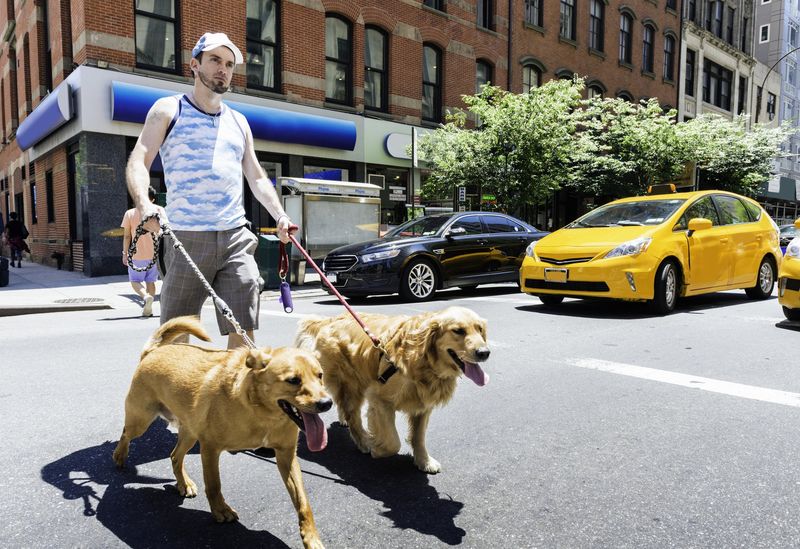
Last summer, I nearly fainted when I saw what dog walkers charge in Manhattan—$30 for a 30-minute stroll! The Empire State’s dense urban centers have created a booming but expensive pet service industry, making daily dog care unaffordable for many.
Stricter enforcement of leash laws and designated dog areas has resulted in hefty fines for rule-breakers. Some NYC co-op boards have even started requiring doggy interviews and DNA testing before approving pet residency!
The state’s harsh winters pose additional challenges, with salt on sidewalks hurting paws and fewer outdoor exercise options during cold months. Finding adequate indoor space for larger breeds is becoming nearly impossible without paying premium prices.
3. New Jersey’s Shrinking Dog Spaces
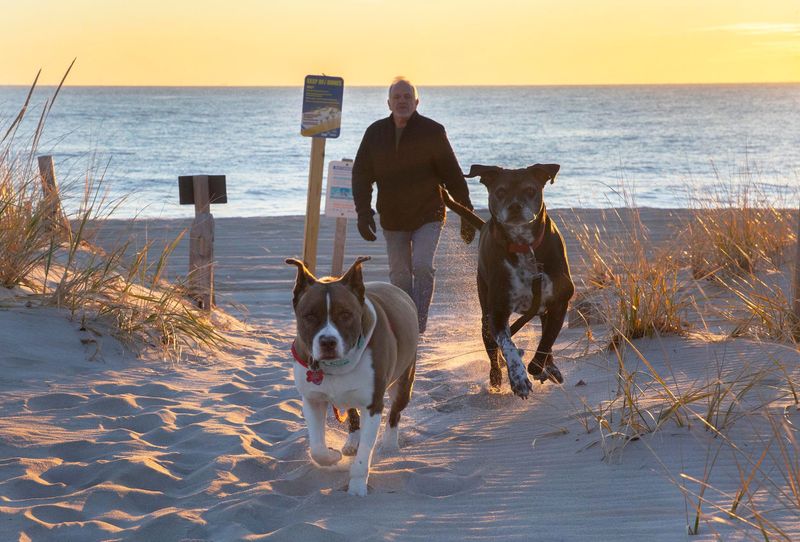
I took my Lab to the Jersey Shore last year and was shocked to find most beaches had banned dogs during prime hours! The Garden State’s increasing population density has led to shrinking recreational spaces for dogs, with many parks implementing seasonal or time-restricted dog access.
New Jersey’s property tax increases are hitting pet owners hard, as towns add specific pet licensing fees to generate revenue. Some municipalities have instituted breed-specific legislation, restricting certain dog types or requiring special insurance.
The state’s proximity to tick-borne diseases like Lyme has also increased preventative healthcare costs. Veterinary care in New Jersey ranks among the most expensive nationally, with basic procedures costing up to 30% more than the national average.
4. Massachusetts’ Breed Restrictions
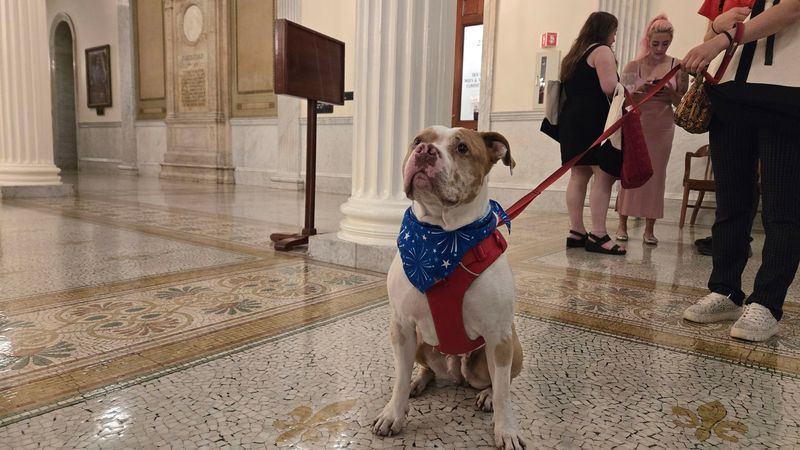
When my brother moved to Boston with his pit bull mix, finding housing was a nightmare! Massachusetts has seen a troubling rise in breed-specific restrictions in housing communities, making it particularly difficult for owners of certain breeds to find accommodations.
The Bay State’s dense urban areas and high cost of living have created a competitive rental market where landlords can afford to be extremely selective about pets. Insurance companies in Massachusetts are increasingly denying coverage to homeowners with certain dog breeds, forcing difficult choices between housing and beloved pets.
Harsh New England winters mean fewer outdoor exercise opportunities for several months each year. Dog daycare facilities in Boston and other urban centers have waitlists longer than prestigious preschools!
5. Connecticut’s Costly Canine Care

Holy kibble! I nearly choked when I saw my friend’s vet bill in Hartford—$650 for a routine checkup and vaccinations! Connecticut’s affluent communities have driven veterinary and pet service costs to extraordinary heights, creating financial barriers for middle-income dog owners.
The Constitution State has implemented strict professional licensing requirements for pet service providers, limiting availability while increasing costs. Municipalities have begun charging premium rates for dog licenses, with some towns requiring annual in-person renewals.
Connecticut’s harsh winters and tick-prone summers create seasonal health challenges requiring expensive preventative treatments. Finding rental housing with reasonable pet policies is becoming increasingly difficult, especially in desirable school districts where landlords can afford to be selective.
6. Rhode Island’s Tight Quarters
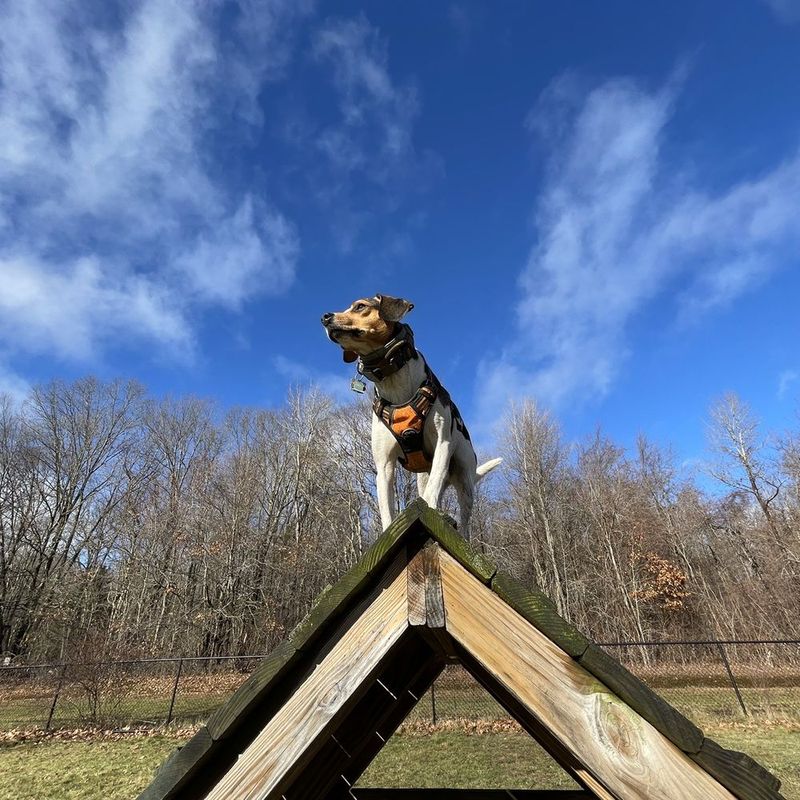
My beagle nearly got us evicted from our Providence apartment after one too many howling episodes! Rhode Island’s limited space and dense population have created unique challenges for dog owners, with noise complaints becoming a leading cause of housing conflicts.
The Ocean State’s limited number of dog parks and recreational areas means overcrowding during peak hours. Many coastal areas have implemented seasonal dog bans on beaches, severely limiting summer recreation options for pups and their people.
Rhode Island’s aging housing stock often comes with small yards or no outdoor space at all. The state’s high property taxes and cost of living have forced many pet owners to downsize to accommodations less suitable for dogs, especially larger or more active breeds.
7. Montana’s Wildlife Conflicts
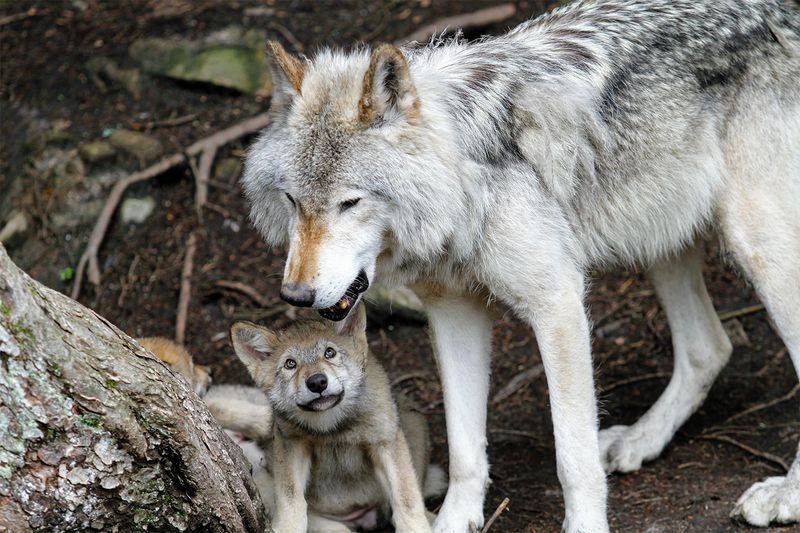
During our camping trip near Bozeman, a park ranger gave me a $250 ticket when my retriever chased a deer! Montana’s increasing focus on wildlife protection has led to stricter enforcement of leash laws and hefty fines for dogs disturbing local fauna.
The Treasure State’s extreme weather conditions create seasonal challenges, from dangerous winter temperatures to summer wildfire risks that limit outdoor activities. Rural veterinary care can be difficult to access, with some owners driving hours for emergency services.
Montana’s growing popularity among remote workers has driven up housing costs while reducing pet-friendly rental inventory. The state’s expanding wolf and predator populations create safety concerns for dog owners in rural areas, requiring constant vigilance during outdoor activities.
8. New Mexico’s Desert Dilemmas
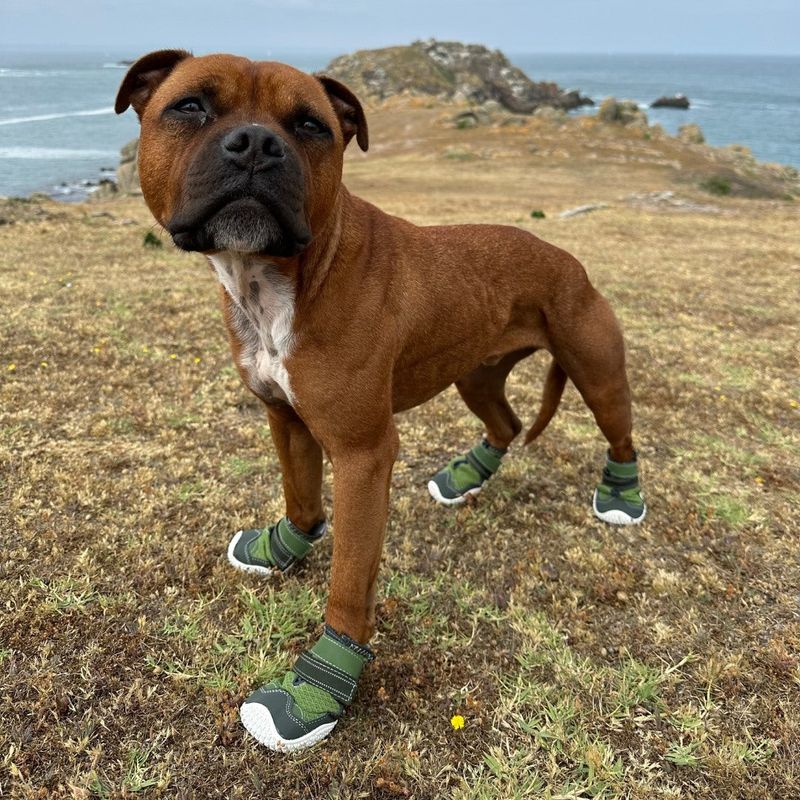
My poor poodle’s paws got so burned on Albuquerque sidewalks last July that we could only walk before sunrise! New Mexico’s extreme heat creates serious safety concerns for dogs, limiting exercise to early morning or late evening hours for several months each year.
The Land of Enchantment’s arid climate brings unique hazards including dangerous wildlife encounters with rattlesnakes, scorpions, and coyotes. Water conservation measures during drought conditions can make it difficult to maintain adequate hydration and cleanliness for pets.
Rural areas often lack access to emergency veterinary care, with some residents driving hours to reach specialized services. New Mexico’s growing coyote and predator populations pose real threats to smaller dogs, especially in communities bordering natural areas.
9. Idaho’s Rural Pet Challenges

When my collie needed emergency surgery in rural Idaho, we drove three hours to find an open vet clinic! The Gem State’s expanding but still limited veterinary infrastructure creates significant barriers to pet healthcare, especially in remote areas.
Idaho’s growing wolf and predator populations pose serious threats to dogs, particularly in rural communities and areas bordering wilderness. The state’s extreme winter conditions make outdoor activities dangerous during significant portions of the year.
As Idaho attracts more residents from coastal states, housing costs have skyrocketed while pet-friendly rental inventory has shrunk. Some communities have implemented strict noise ordinances targeting barking dogs, creating tension between new urban transplants and rural pet owners with different expectations.
10. Wyoming’s Wide Open Worries

Last hunting season, I nearly had a heart attack when my spaniel wandered off our property—hunters mistake dogs for coyotes here! Wyoming’s extensive hunting culture creates seasonal dangers for dogs, especially those with similar coloring to local wildlife.
The Equality State’s extreme weather swings from bitter winters to scorching summers limit outdoor activities during significant portions of the year. Encounters with dangerous wildlife including bears, mountain lions, and wolves pose serious threats to dogs and their owners.
Wyoming’s vast rural areas often lack accessible emergency veterinary services, with some residents facing multi-hour drives for specialized care. Water access can be challenging in remote areas, particularly during drought conditions or winter freezes.
11. Florida’s Climate Complications

My greyhound got heatstroke after just 15 minutes outside in Tampa last August—the vet bill was over $1,000! Florida’s increasingly extreme heat and humidity make outdoor activities dangerous for dogs during significant portions of the year.
The Sunshine State’s growing alligator population creates serious safety concerns near any body of water, even small retention ponds in suburban neighborhoods. Invasive species like Bufo toads are highly toxic to dogs who mouth them, requiring constant vigilance during outdoor time.
Hurricane evacuation challenges are particularly difficult for pet owners, with limited pet-friendly emergency shelters and hotels. Florida’s booming population has led to shrinking green spaces and more restrictive HOA pet policies, especially in desirable retirement communities.
12. Illinois’ Urban Ordinance Overload

I got slapped with a $200 fine in Chicago when I couldn’t produce my dog’s license during a random park check! Illinois urban centers have implemented increasingly strict pet regulations, including mandatory microchipping, expanded vaccination requirements, and enhanced enforcement of licensing laws.
The Prairie State’s extreme weather swings from polar vortex winters to humid summers create challenging conditions for dog exercise and comfort. Chicago’s high-rise living often means long elevator waits and limited quick-access outdoor relief areas for urgent bathroom breaks.
Urban dog parks have become overcrowded, leading to increased conflict and new usage restrictions. Veterinary costs in Chicago and surrounding suburbs rank among the highest nationally, with basic procedures costing up to 40% more than in rural areas of the state.
